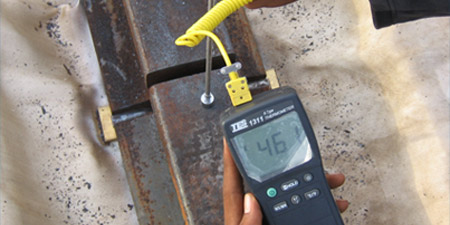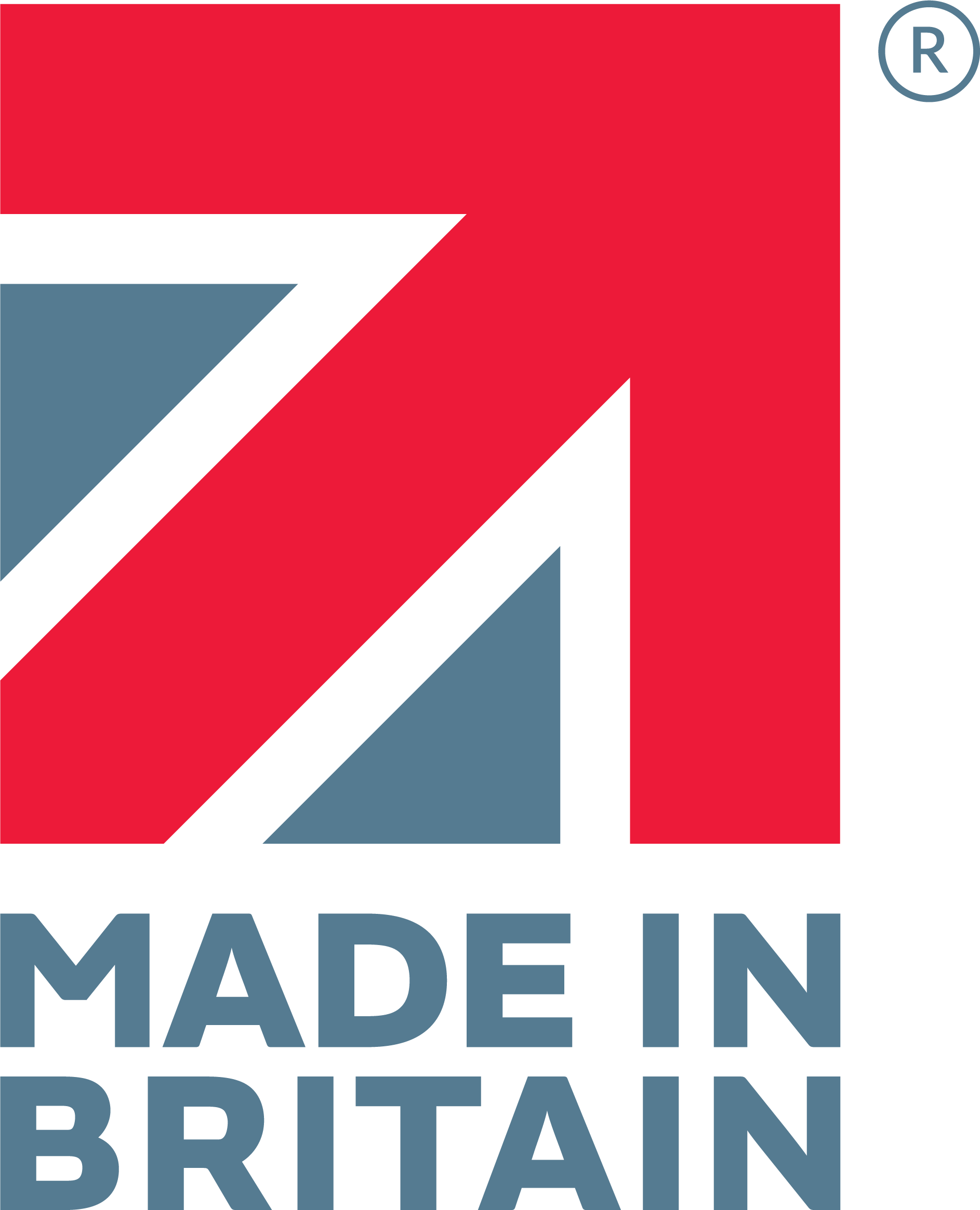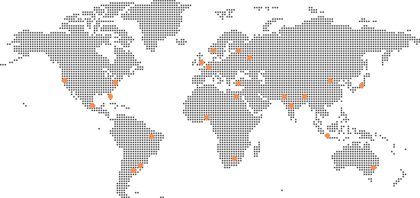Corrosion Protection
Other components in a crane rail installation normally require corrosion protection if they are outdoors or not under cover. The pad beneath the rail is not subject to corrosion as the steel is well embedded in the rubber. Gantrail clips are reliant on a frictional resistance between the two components and should not be painted before installation. Most installations are painted after completion. If required parts can be supplied galvanised as can all bolts, nuts and other steel components for an installation. In the most heavily corrosive atmospheres painting after galvanising is often specified. Sole plates are often supplied in hot dip galvanised condition. This must be undertaken with care as the heat of the process can cause distortion if not properly controlled.
 .
.





/NQA-ISO-9001-Logo-UKAS.jpg)